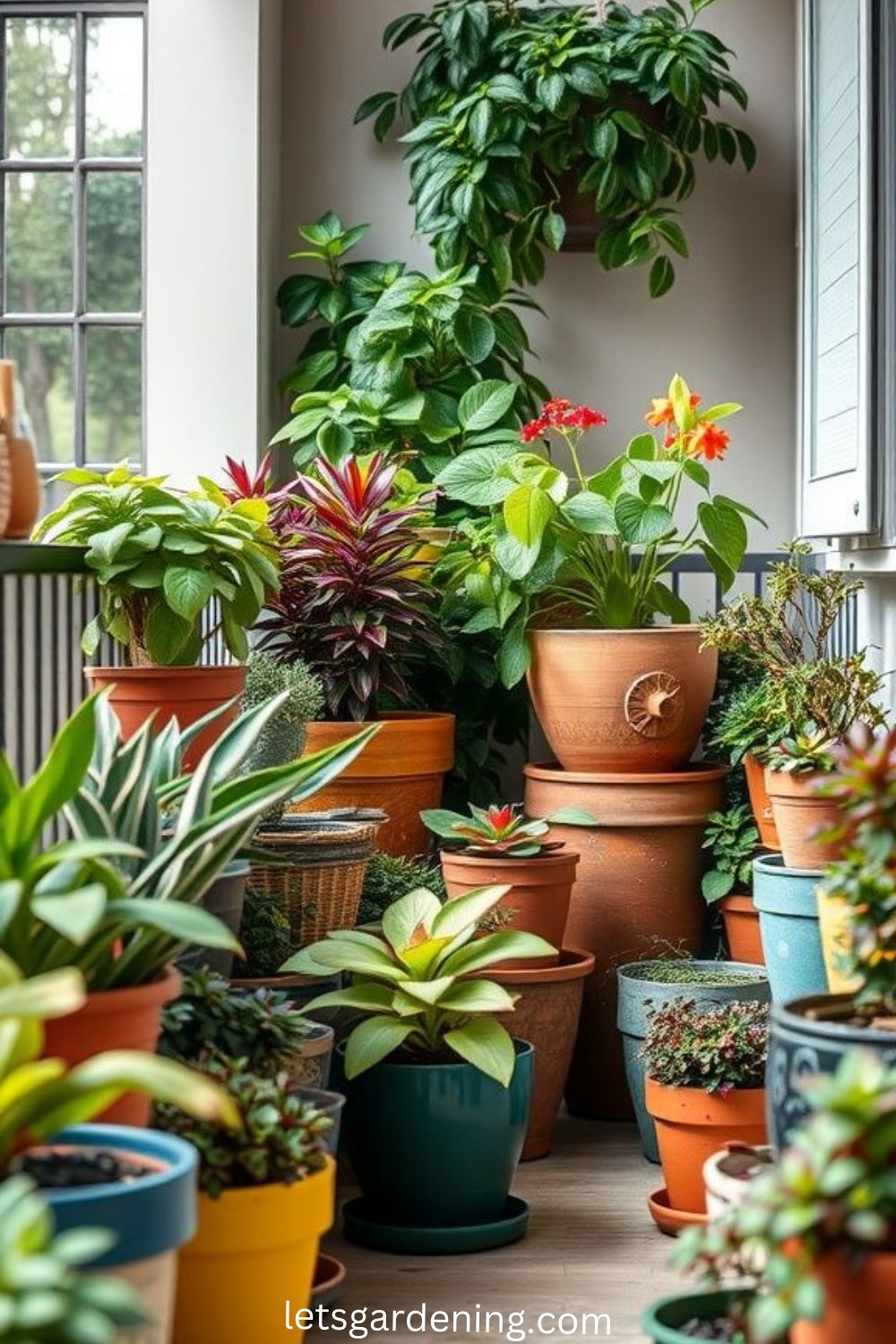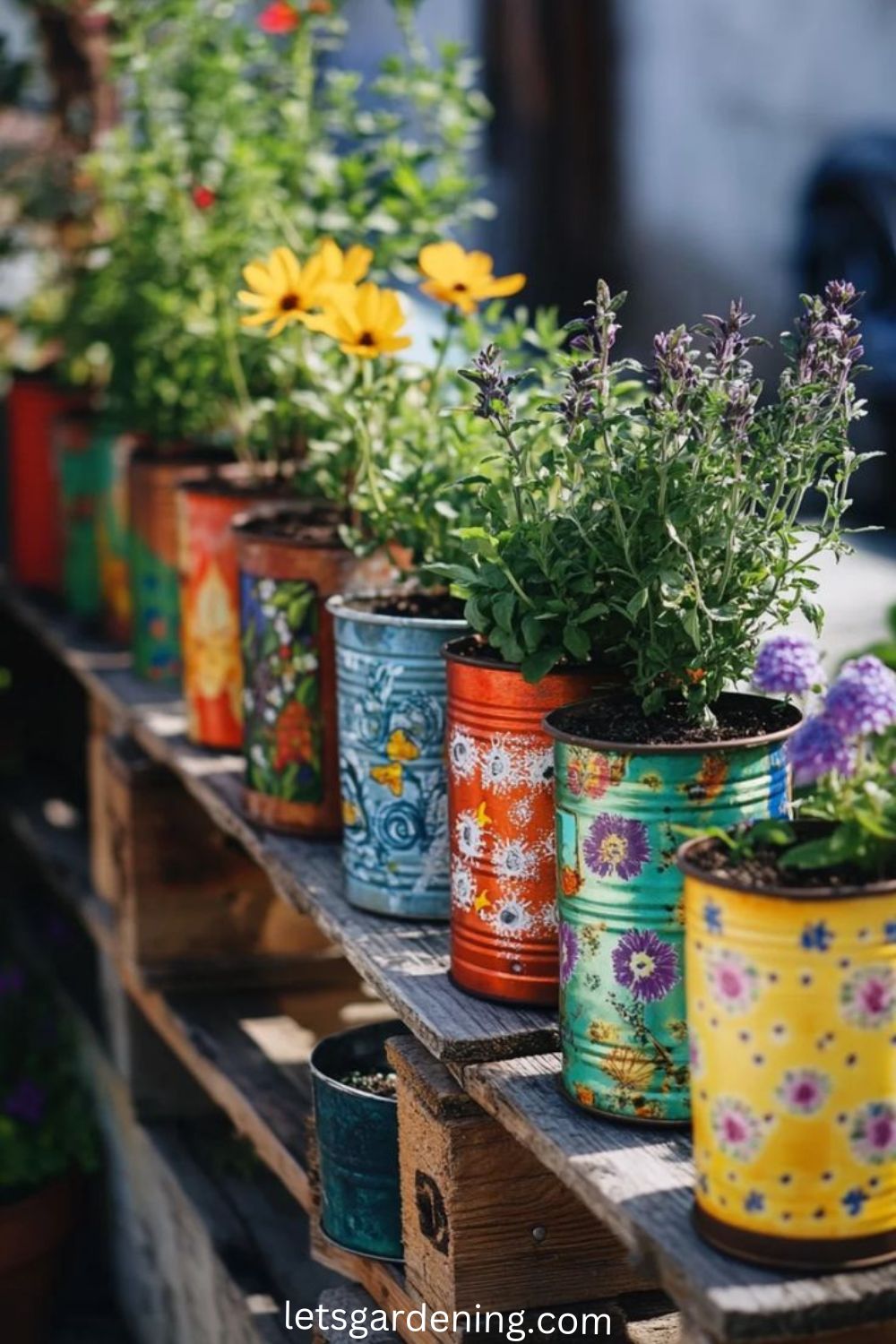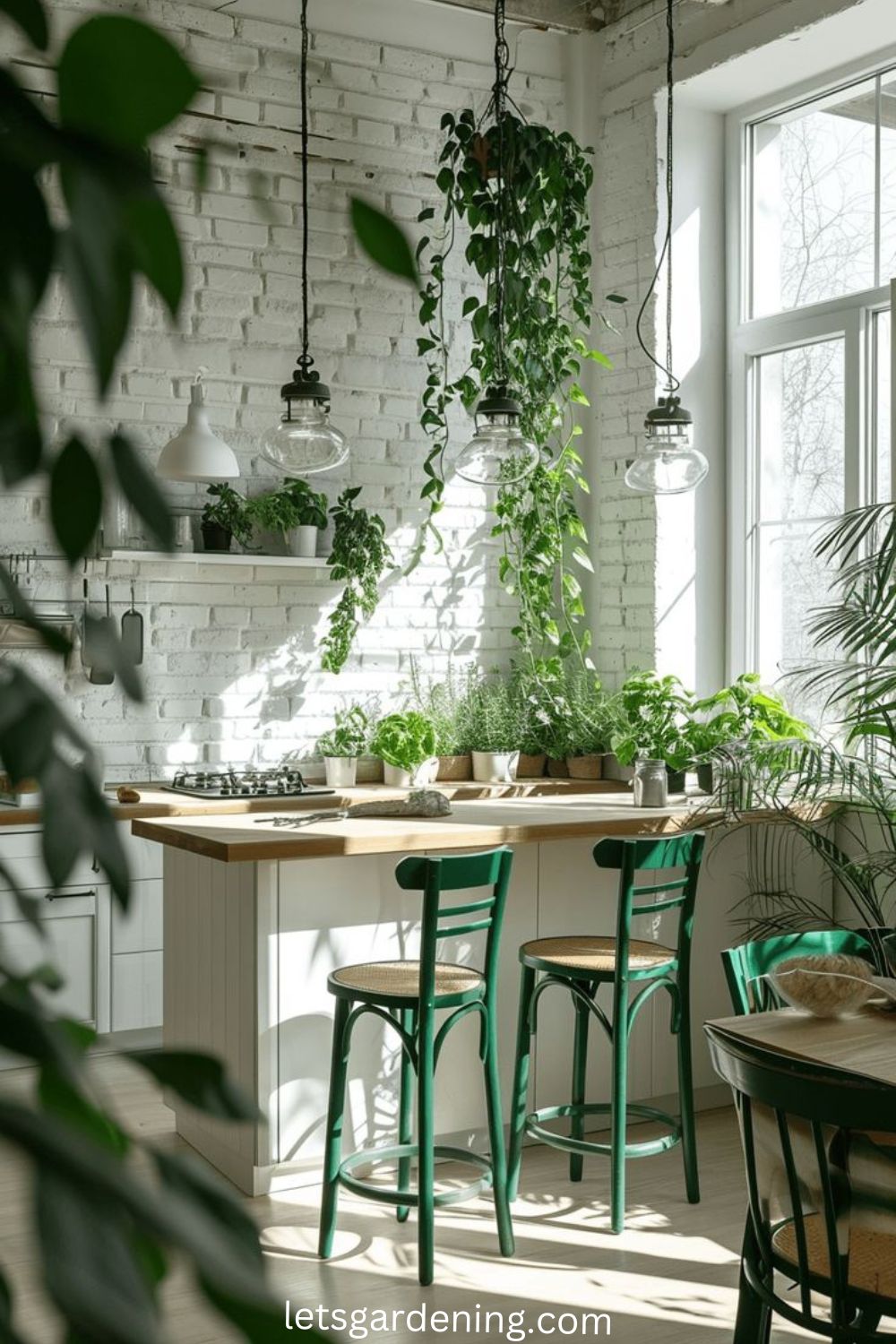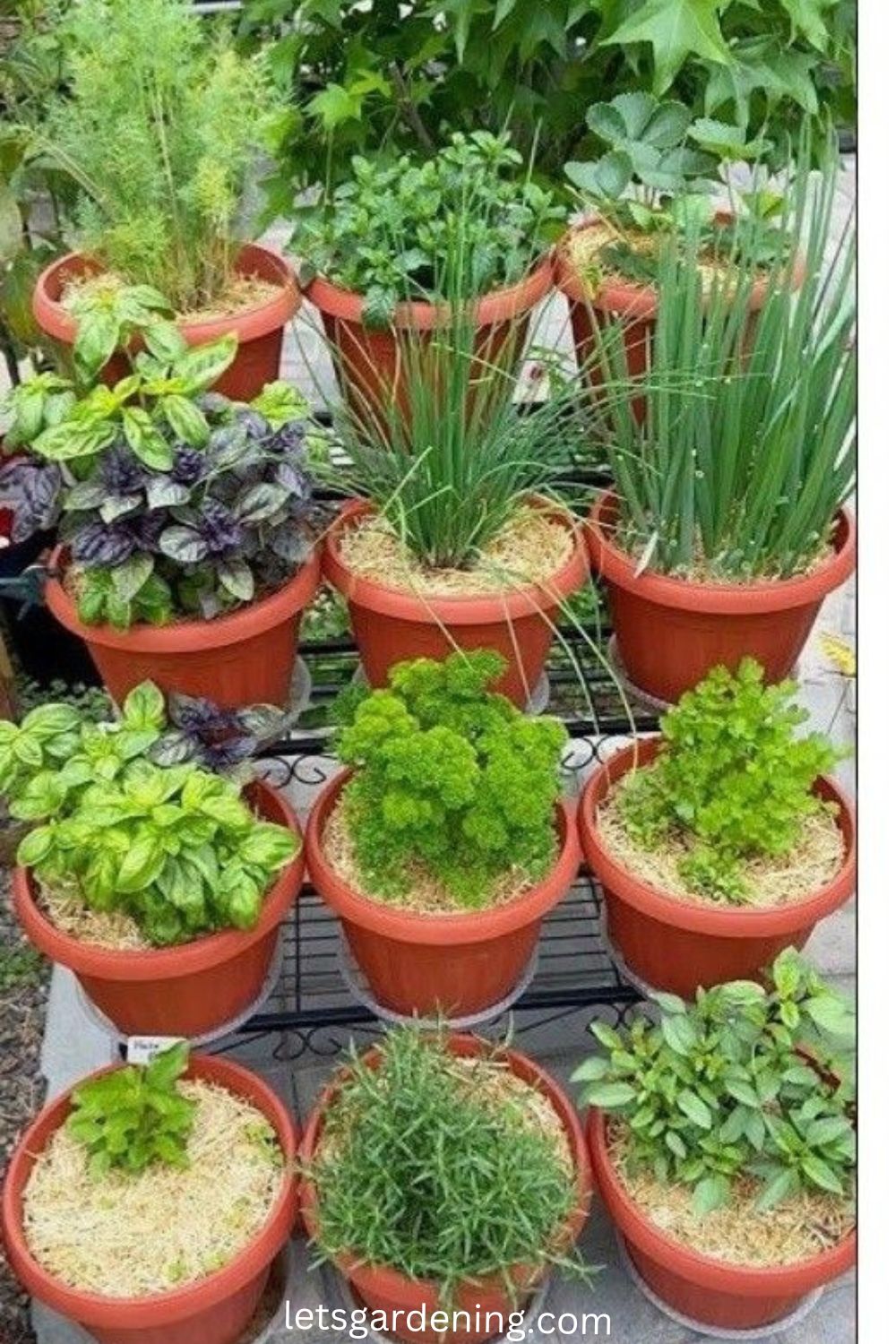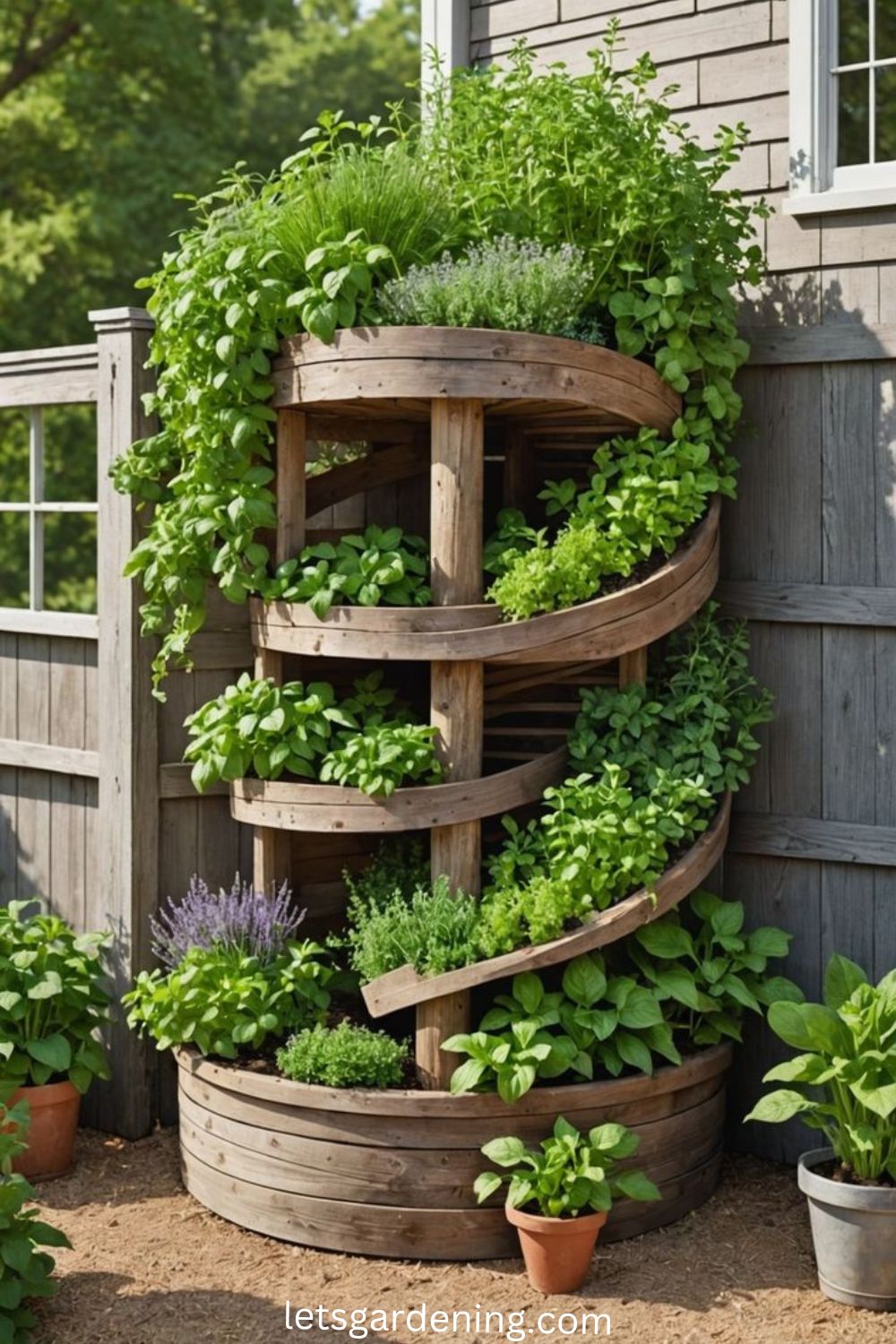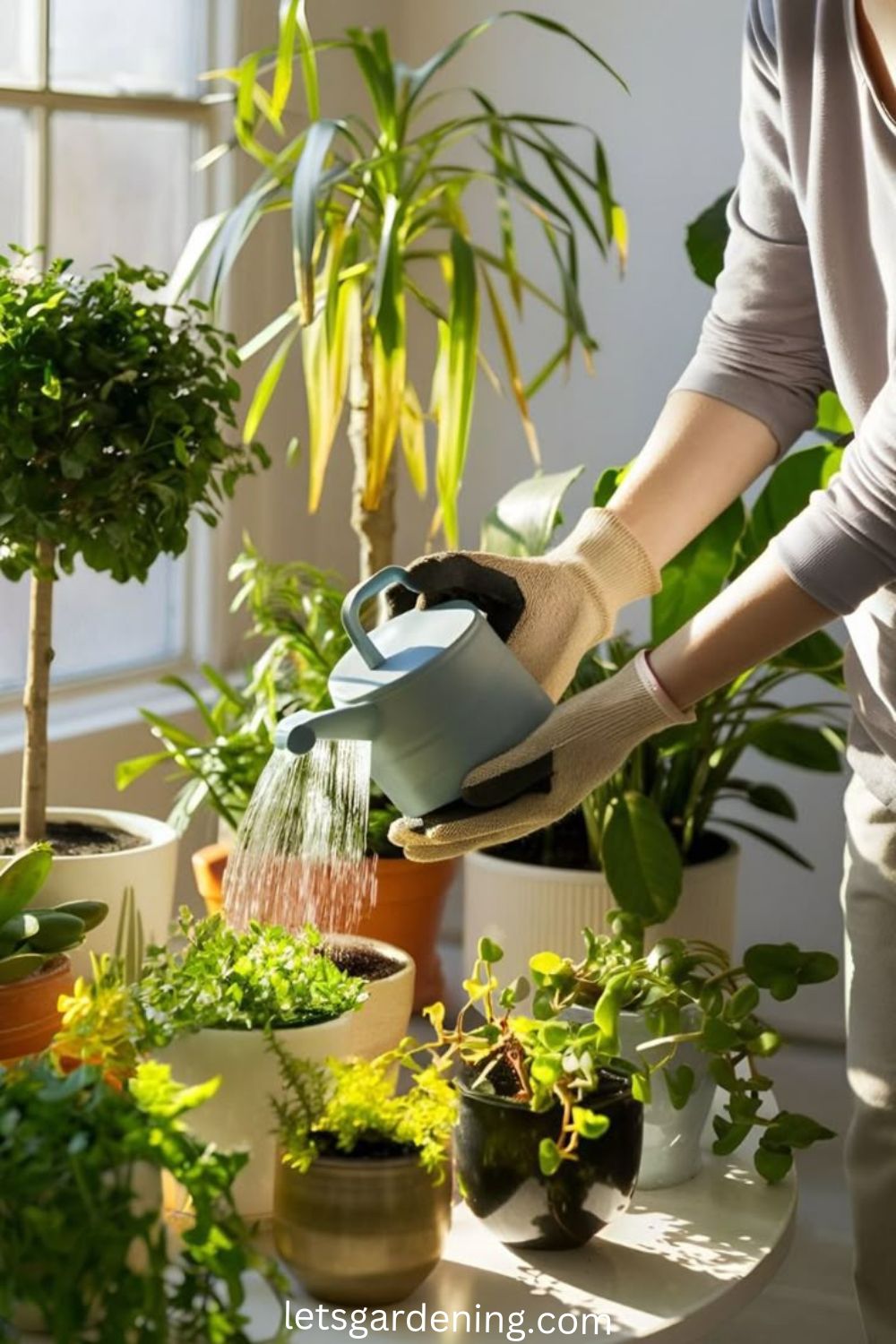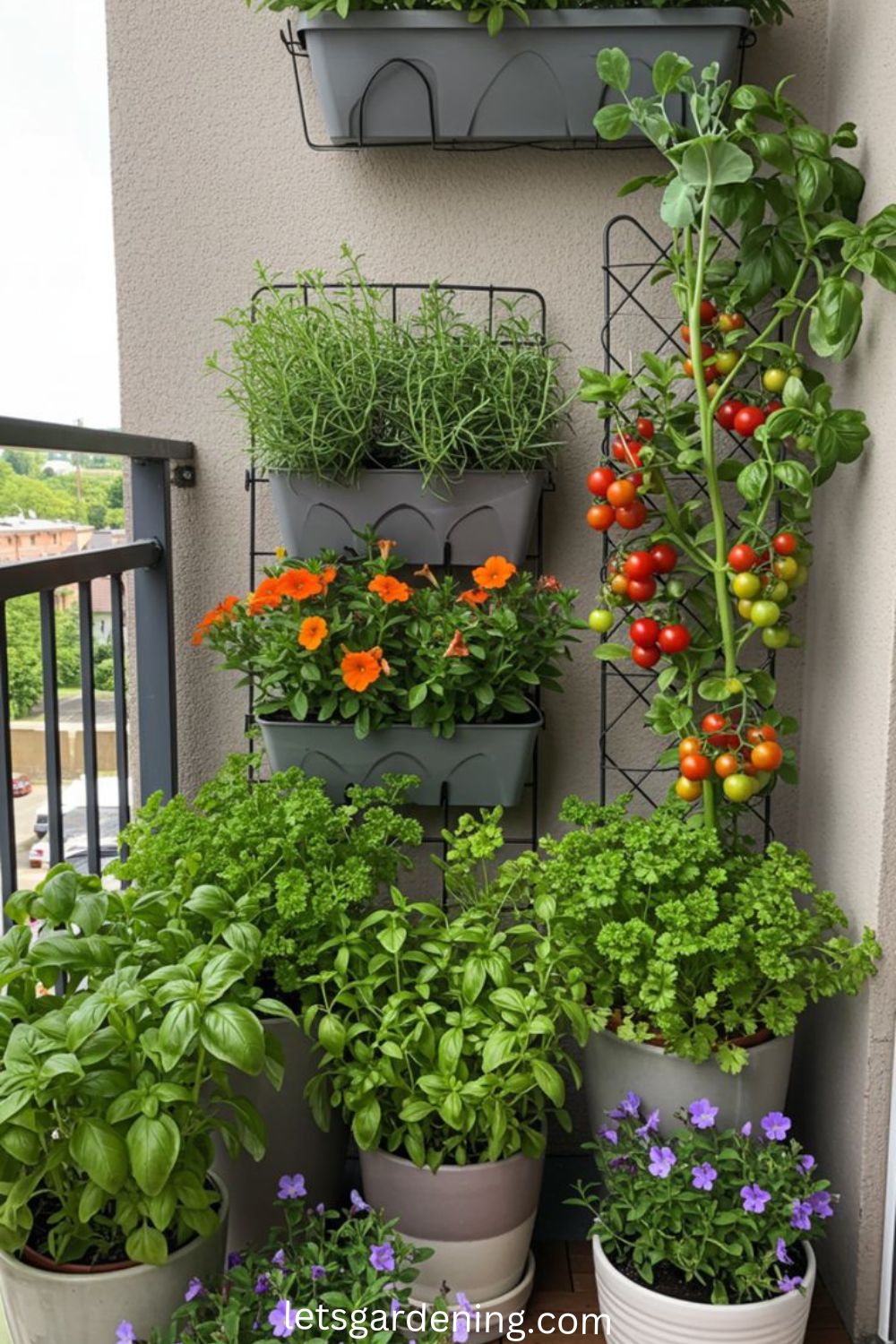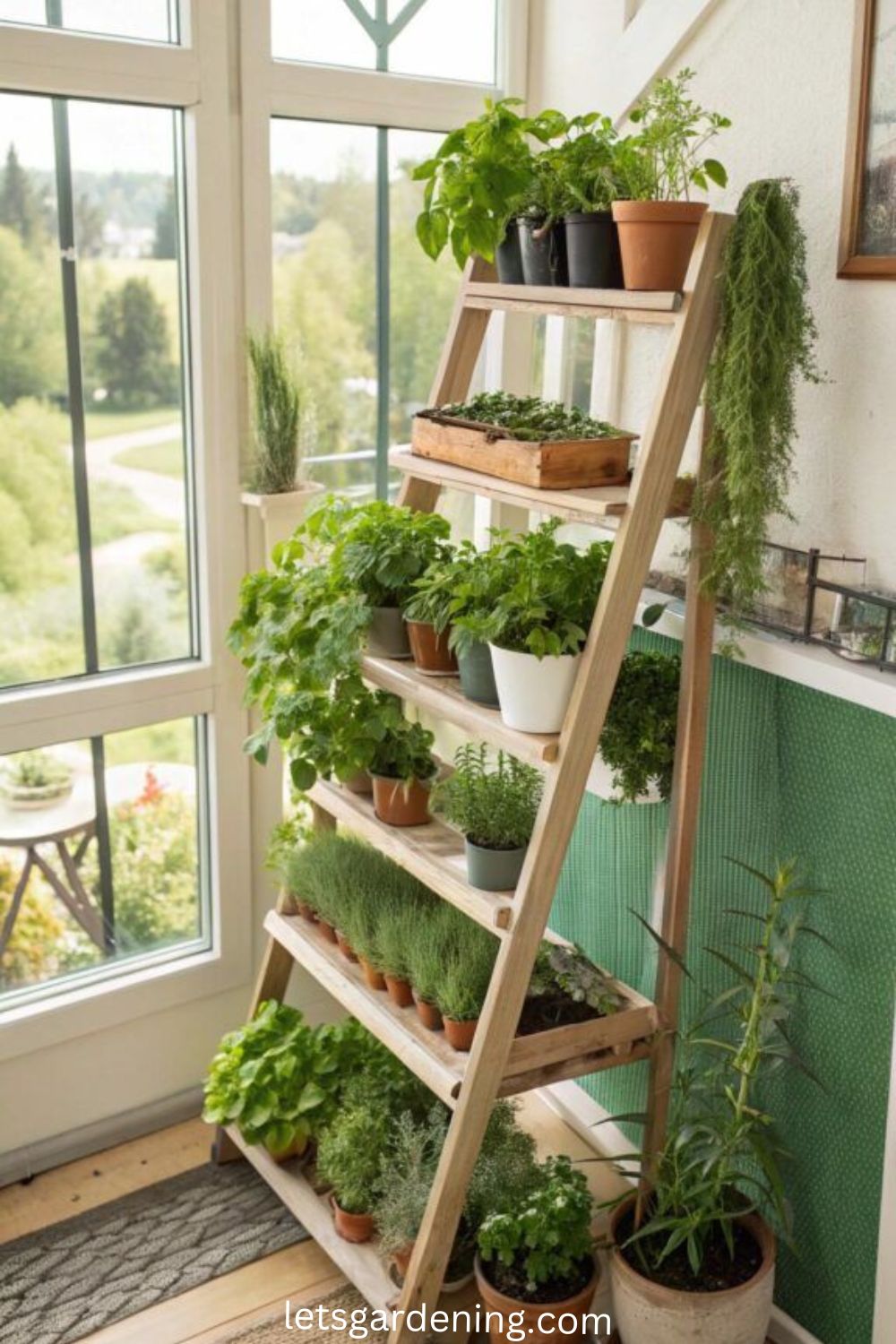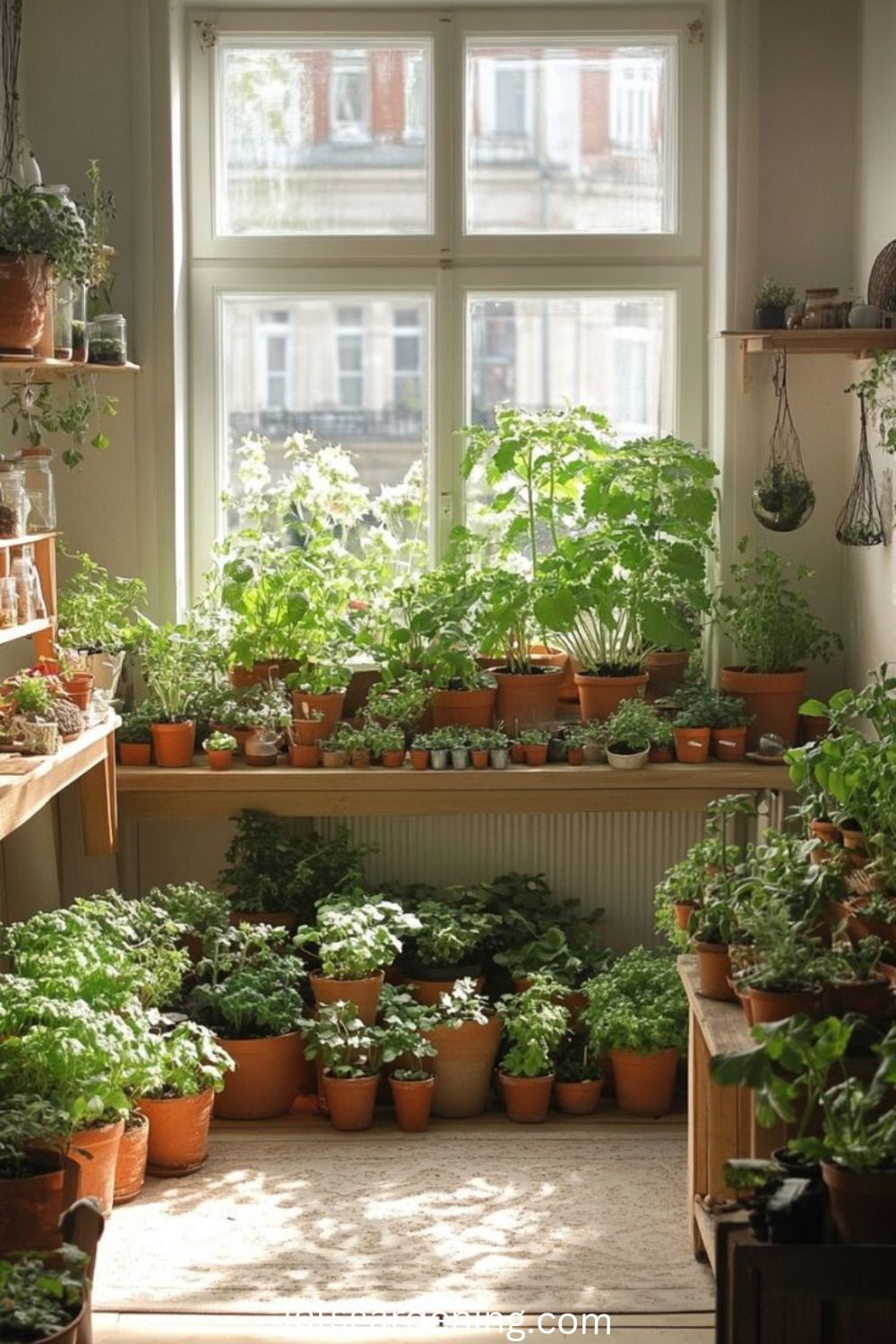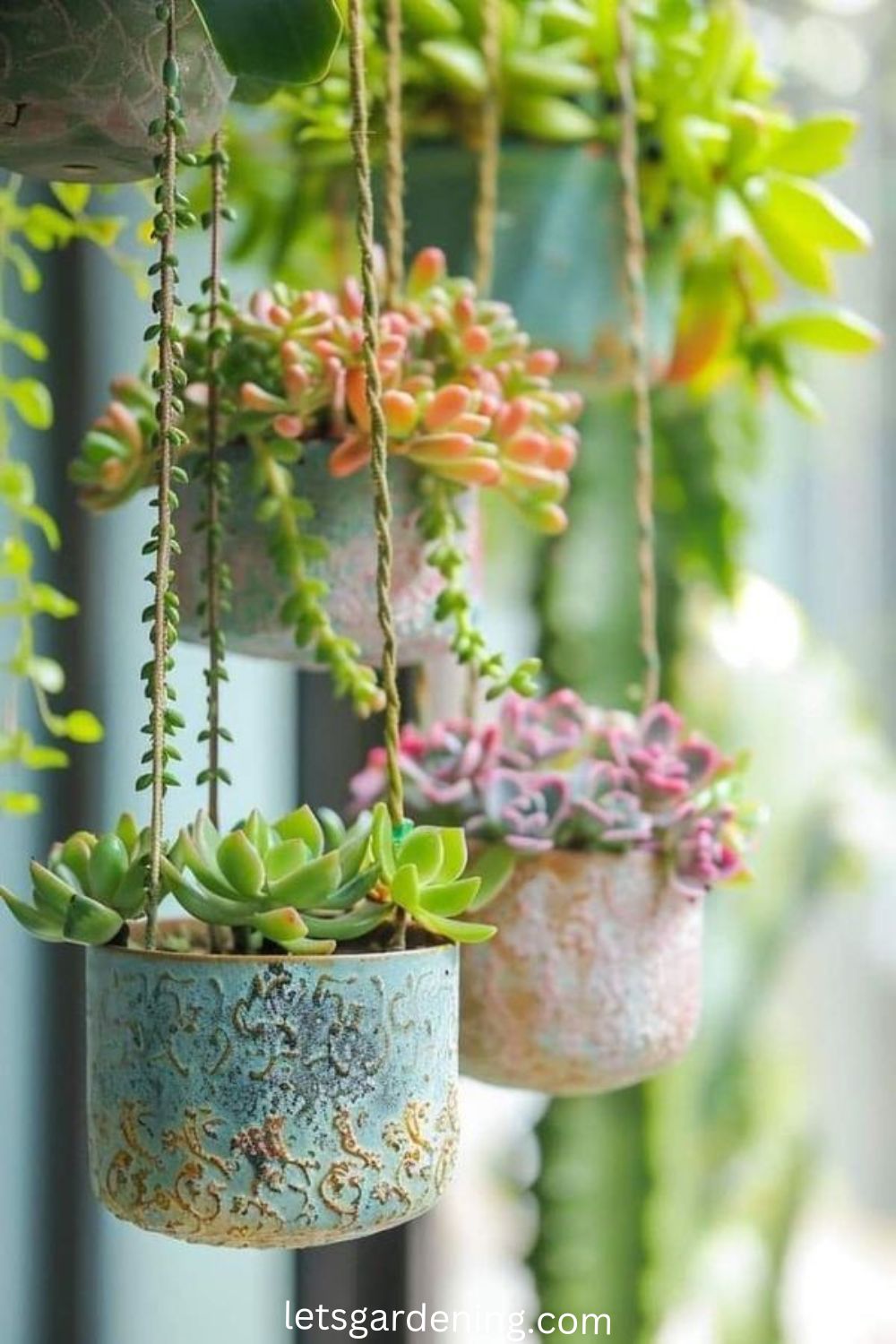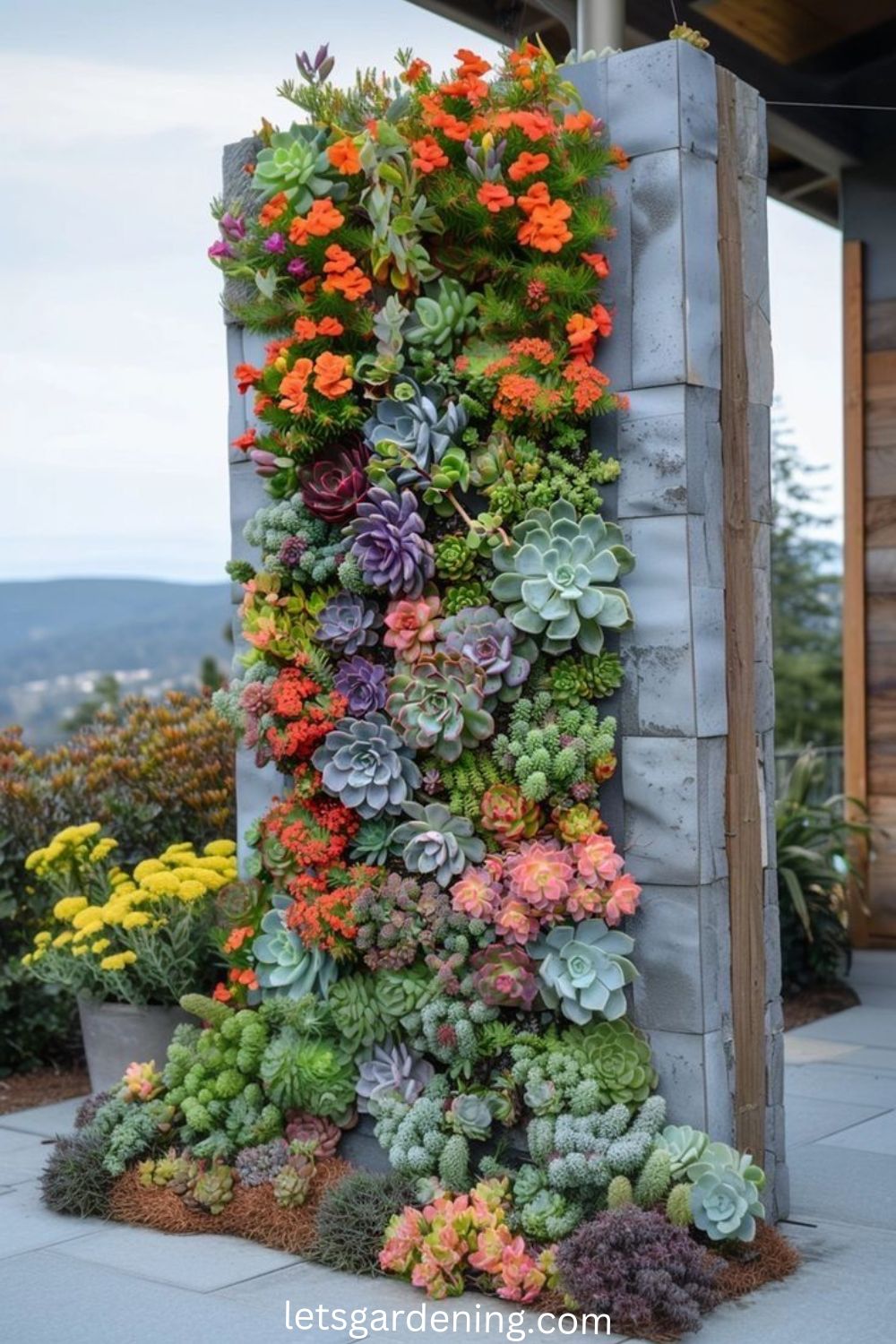Indoor Gardening Ideas For Beginners can be both exciting and incredibly rewarding. Whether you’re living in a small apartment or simply want to bring more greenery into your space, starting your own indoor garden is easier than you might think. Don’t worry if you don’t have a green thumb—this guide is designed specifically for beginners who want to grow plants with confidence and joy.
Indoor gardening offers a variety of benefits that go beyond just adding beauty to your home. It’s known to reduce stress, improve air quality, and even boost mood and productivity. Plus, growing your own herbs or vegetables indoors means you’ll always have fresh, flavorful ingredients right at your fingertips.
In this post, we’ll explore the best ways to begin your indoor gardening journey. From choosing the right space and beginner-friendly plants to understanding watering needs, soil, and pest control, you’ll learn practical and friendly tips to help your plants thrive indoors. Let’s dig in!
Indoor Gardening Ideas For Beginners
Start with Low-Maintenance Houseplants
Indoor Gardening Ideas For Beginners often begin with easy-care plants like pothos, spider plants, or snake plants. These varieties thrive in various conditions and are perfect for learning the basics of watering and light exposure.
Use Recycled Containers for Planting
Indoor Gardening Ideas For Beginners can include upcycling items like mason jars, tin cans, or old mugs for pots. It’s a fun, eco-friendly way to get started without spending extra money.
Create a Simple Herb Garden on Your Windowsill
Indoor Gardening Ideas For Beginners should consider growing herbs like basil, mint, or parsley indoors. These herbs need minimal space and can add fresh flavor to your meals year-round.
Choose the Right Spot for Natural Light
Indoor Gardening Ideas For Beginners need to focus on finding a spot that gets adequate sunlight. A bright windowsill or corner with filtered light can make a huge difference in plant health and growth.
Learn the Basics of Watering
Indoor Gardening Ideas For Beginners should avoid overwatering, which is one of the most common beginner mistakes. Stick to a consistent schedule and check soil moisture before watering again.
Experiment with Hanging Planters
Indoor Gardening Ideas For Beginners can add style and greenery by using hanging planters. These are perfect for trailing plants and help save space in small rooms or apartments.
Use Pebble Trays to Boost Humidity
Indoor Gardening Ideas For Beginners can improve plant health with simple humidity hacks. Pebble trays are great for plants like ferns or calatheas that love moist air but dislike being overwatered.
Try Vertical Gardening for Small Spaces
Indoor Gardening Ideas For Beginners who have limited space can use wall-mounted shelves or pocket planters to grow vertically. This method maximizes room while adding a decorative element.
Rotate Plants Weekly for Even Growth
Indoor Gardening Ideas For should get into the habit of rotating plants to ensure all sides receive equal light. This prevents uneven growth and helps plants maintain a balanced shape.
Keep a Simple Plant Care Journal
Indoor Gardening Ideas For can benefit from tracking watering dates, plant growth, and any issues. A care journal makes it easier to learn and improve your gardening routine over time.
FAQ
Q1: What are the easiest indoor plants to start with as a beginner?
A: Great beginner plants include pothos, snake plants, peace lilies, and spider plants. They’re low-maintenance, tolerate low light, and are forgiving if you forget to water occasionally.
Q2: How often should I water my indoor plants?
A: It depends on the plant type and your home’s environment, but most indoor plants do well with watering once a week. Always check the soil moisture before watering to avoid overwatering.
Q3: Can I grow vegetables indoors as a beginner?
A: Yes! Start with easy options like lettuce, green onions, cherry tomatoes, or herbs like basil and mint. Use containers with good drainage and place them in a sunny spot.
Q4: What should I do if my indoor plant looks unhealthy?
A: Check for common issues like overwatering, pests, or lack of light. Try adjusting light exposure, watering routine, or repotting with fresh soil to help revive the plant.

